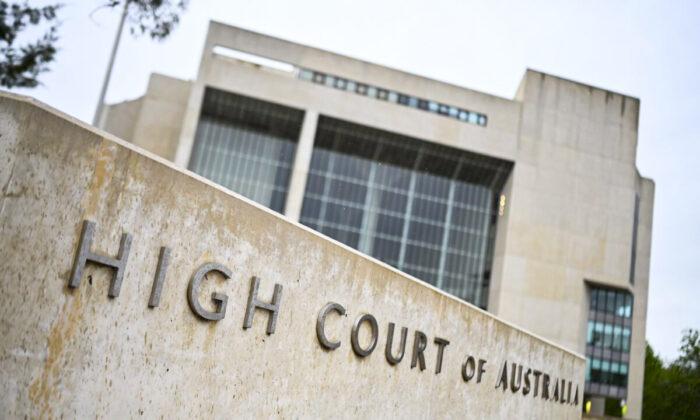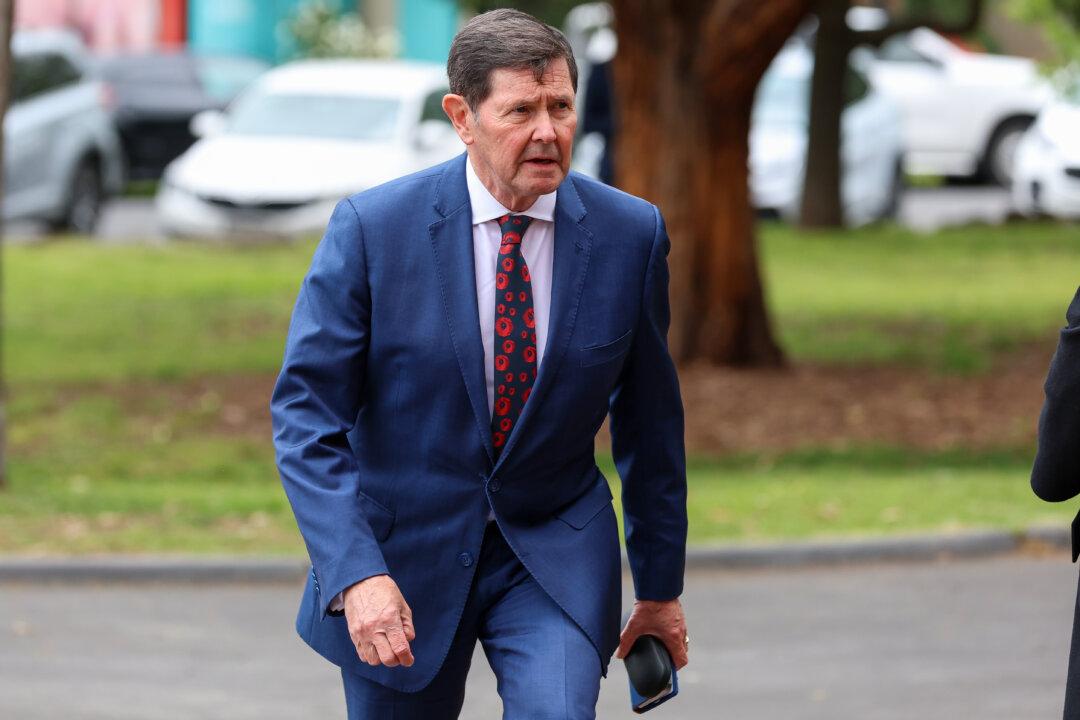The number of feral brumbies in Kosciuszko National Park has exploded from about 14,380 to an estimated 18,814 in the past two years, according to a new survey.
It comes despite the government’s commitment to reduce the horse population to 3000 by 30 June 2027 using a range of control measures implemented by the NSW National Parks and Wildlife Service (NPWS).
An NPWS representative attributed the latest increase in horse numbers to two “good seasons” following years of bushfires and drought, which they said impacted the previous 2020 survey.
The survey also recorded a significant increase in the deer population in Kosciuszko National Park, despite NPWS removing more than 6800 deer from 2020 to 2022.
The Invasive Species Council raised concerns feral horse populations were growing despite action by the NPWS, which removed 859 horses in the 10 months following the formal adoption of the Wild Horse Management Plan in November 2021.
More horses were removed from the park in 2022 than at any time in the past 20 years, according to an NPWS representative who declined to clarify what proportion were culled and how many were removed through other control methods such as rehoming.
Invasive Species Council advocacy manager Jack Gough said the rise in numbers was a red flag and showed current controls were inadequate.
“Our sensitive alpine regions have not evolved to cope with thousands of heavy, hard-hoofed feral horses damaging streams and wetlands and degrading vegetation,” he said.
NSW Minister for Environment James Griffin said the government was delivering wild horse control in line with the requirements of the plan.

Greens MP Sue Higginson said the NSW Liberal party was being held captive by the Nationals’ opposition to brumby culls.
She called for even greater reduction targets.
“The government has ignored the science and played politics with this national treasure,” Higginson said.
“Even the government’s target of 3000 by 2027 is too many when we are talking about a national park.”
The Australian Brumby Alliance launched proceedings against Parks Victoria in the Supreme Court in September, claiming the shooting of wild horses breached the Prevention of Cruelty to Animals Act.
Mr Gough said culling conducted by highly trained professionals using protocols reviewed by the RSPCA was the only viable way to reduce feral horse numbers.
“While we understand that, after years of inaction, initial control efforts would be slow to ramp up and appreciate that there was a small increase in the rate of removal in the second half of 2022, the rate is nowhere near what is needed to start to reduce numbers and protect this unique landscape,” he said.
“The future of unique wildlife such as the corroboree frog and sensitive alpine wildflowers and the headwaters of the Murray and Murrumbidgee rivers are at stake if horse numbers are not brought down rapidly.”





